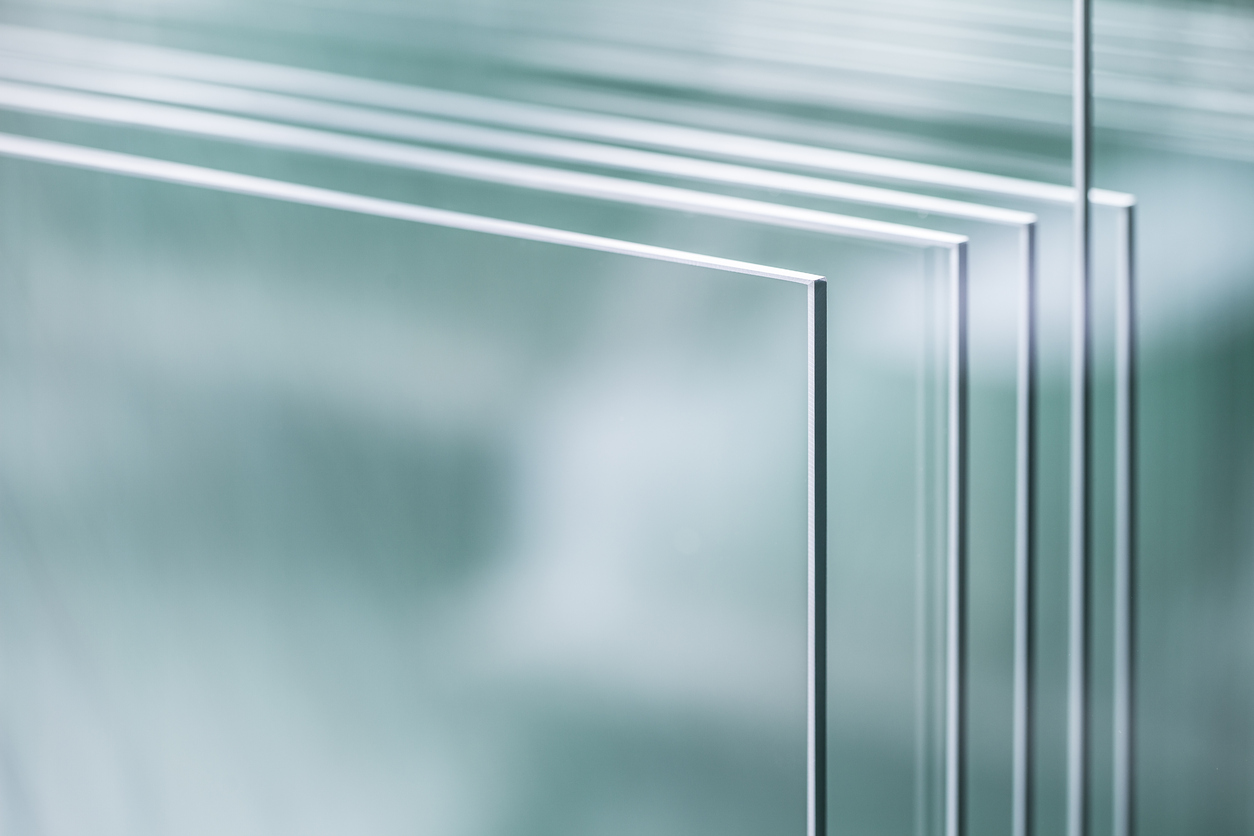

Low E Plus glass, a significant innovation in the field of energy-efficient building materials, has transformed how we approach window design and performance. The Low E stands for low emissivity, indicating the glass's ability to reflect heat while allowing natural light to penetrate. This unique feature makes Low E Plus glass particularly valuable in the construction of residential and commercial buildings, managing both energy costs and interior comfort.
The technology behind Low E Plus glass involves a microscopically thin coating applied to the glass surface. This coating essentially acts as a barrier against the transmission of heat. During summer months, the glass reflects infrared light, which helps keep indoor spaces cooler. Conversely, in winter, it retains heat generated from indoor heating systems. This dual functionality makes Low E Plus glass an adaptable option for varied climates.
Moreover, Low E Plus glass enhances indoor comfort. It minimizes temperature fluctuations, reduces glare from direct sunlight, and filters harmful UV rays that can damage furnishings and flooring. This dual action creates a more pleasant living and working environment, allowing occupants to enjoy natural light without the drawbacks of excess heat or harmful exposure.

In addition to its functional benefits, Low E Plus glass is available in various aesthetic options, allowing architects and builders the flexibility to create visually appealing designs. It can be combined with other materials and technologies to produce stunning façades and window styles that meet modern architectural standards.
Another significant benefit of Low E Plus glass is its potential for LEED certification. Buildings that use this type of glass often qualify for LEED (Leadership in Energy and Environmental Design) points, a globally recognized symbol of sustainability achievement. This not only elevates the profile of the building in the marketplace but signals to consumers a commitment to green building practices.
Installation practices for Low E Plus glass have also evolved, with manufacturers providing comprehensive guidelines to ensure optimal performance. It’s crucial for builders to properly orient and install these windows to maximize their energy-saving capabilities.
In summary, Low E Plus glass stands at the forefront of sustainable building practices, offering a compelling blend of energy efficiency, comfort, aesthetic versatility, and environmental responsibility. Its ability to reflect heat and minimize energy loss aligns perfectly with the growing demand for eco-friendly construction and design solutions. As more individuals and organizations recognize the importance of building sustainably, Low E Plus glass will undoubtedly remain a vital component of modern architecture.